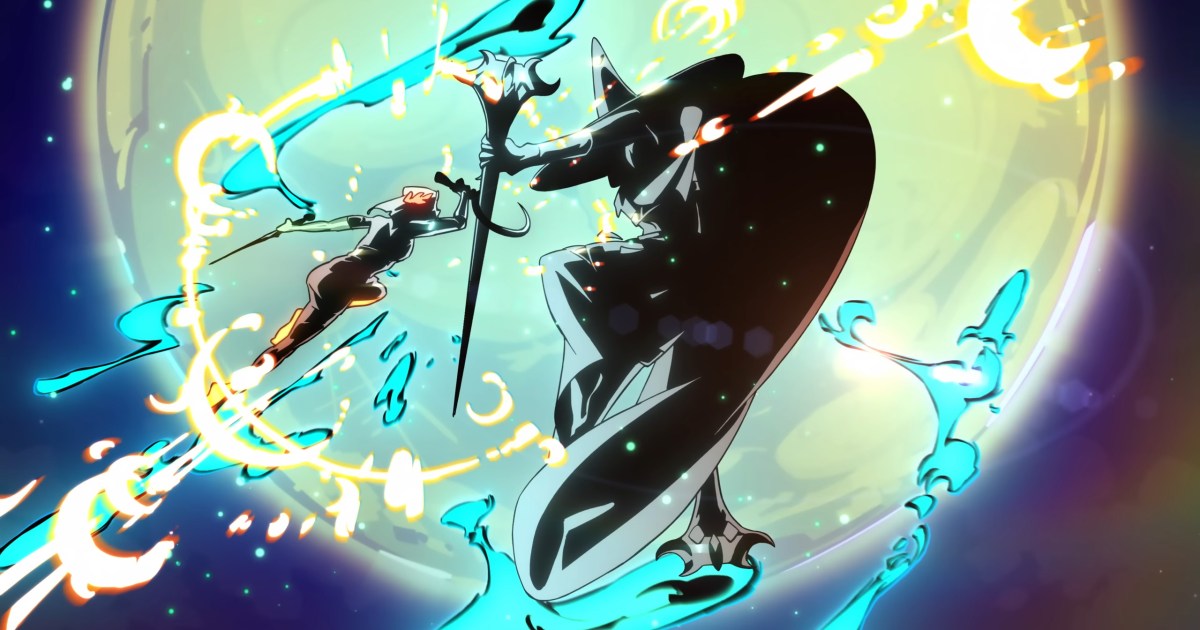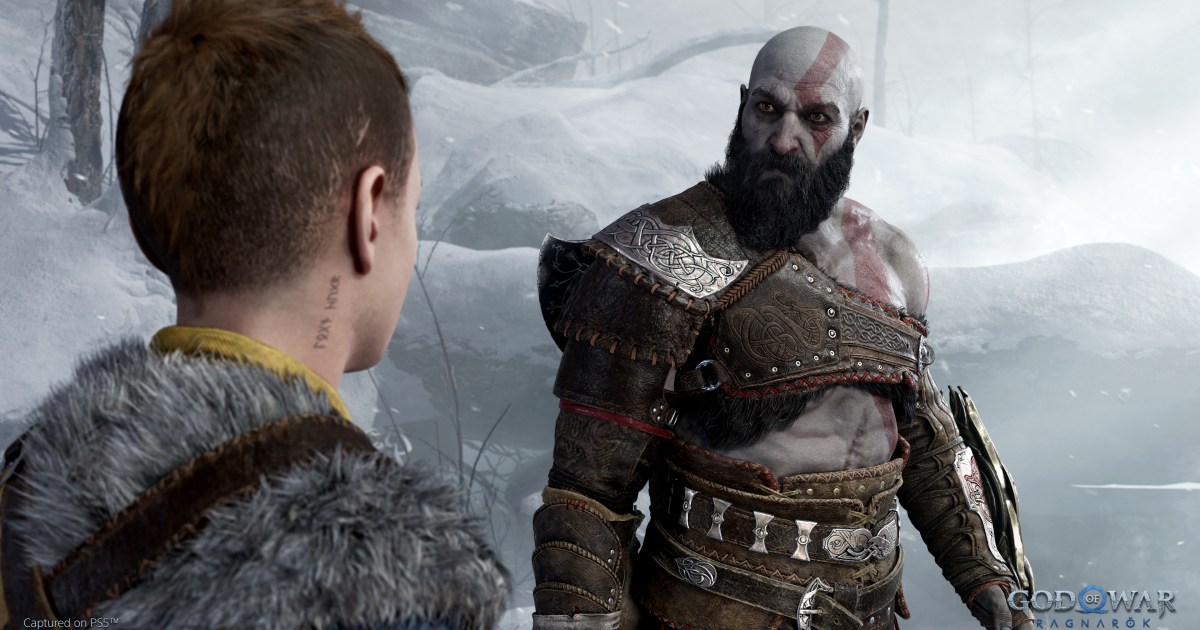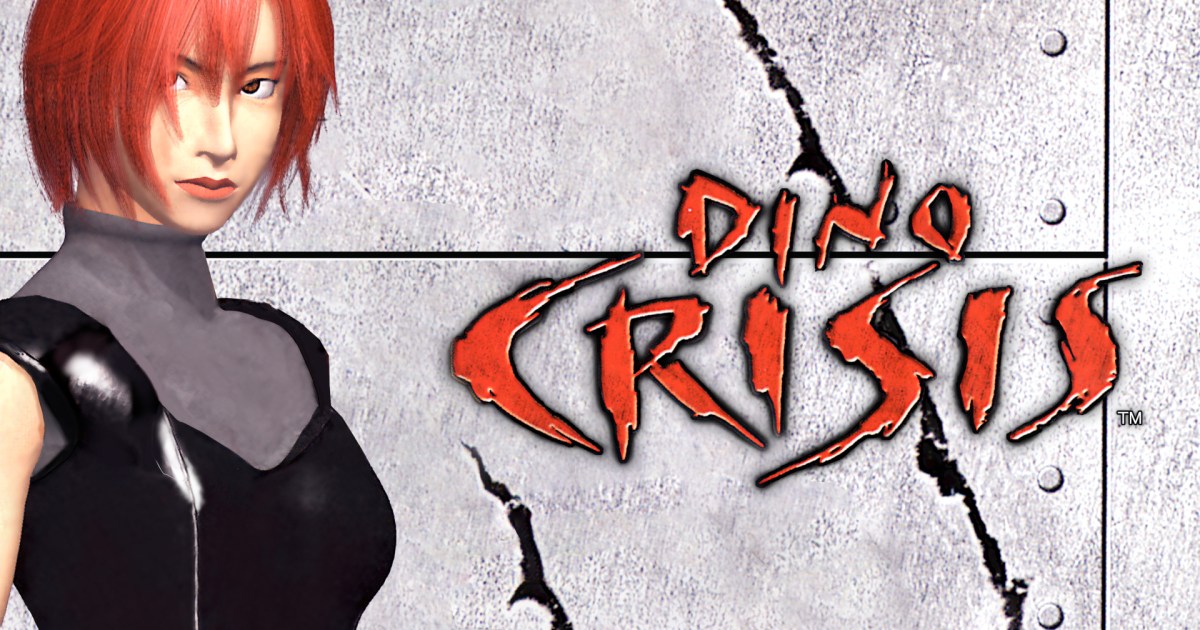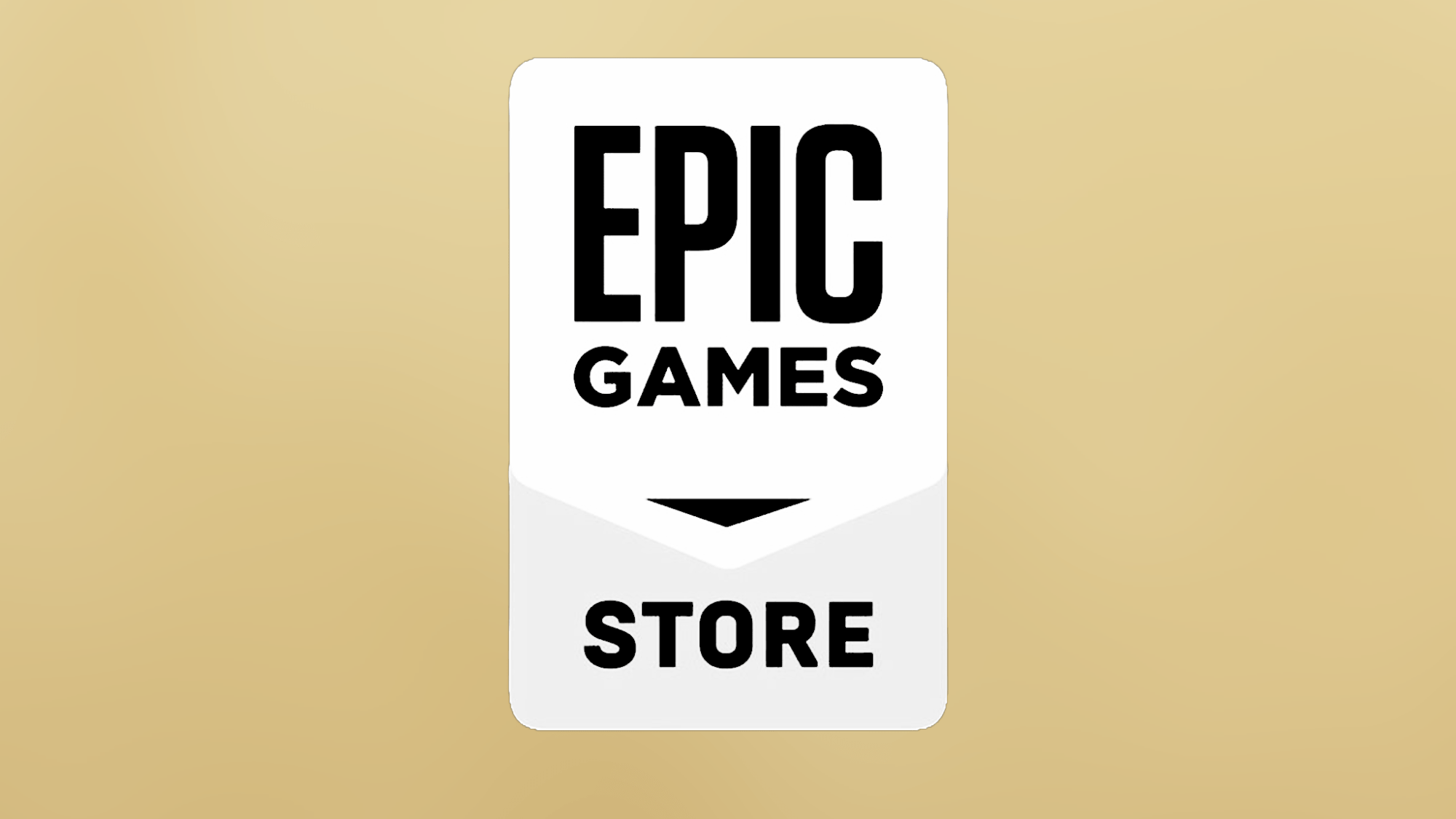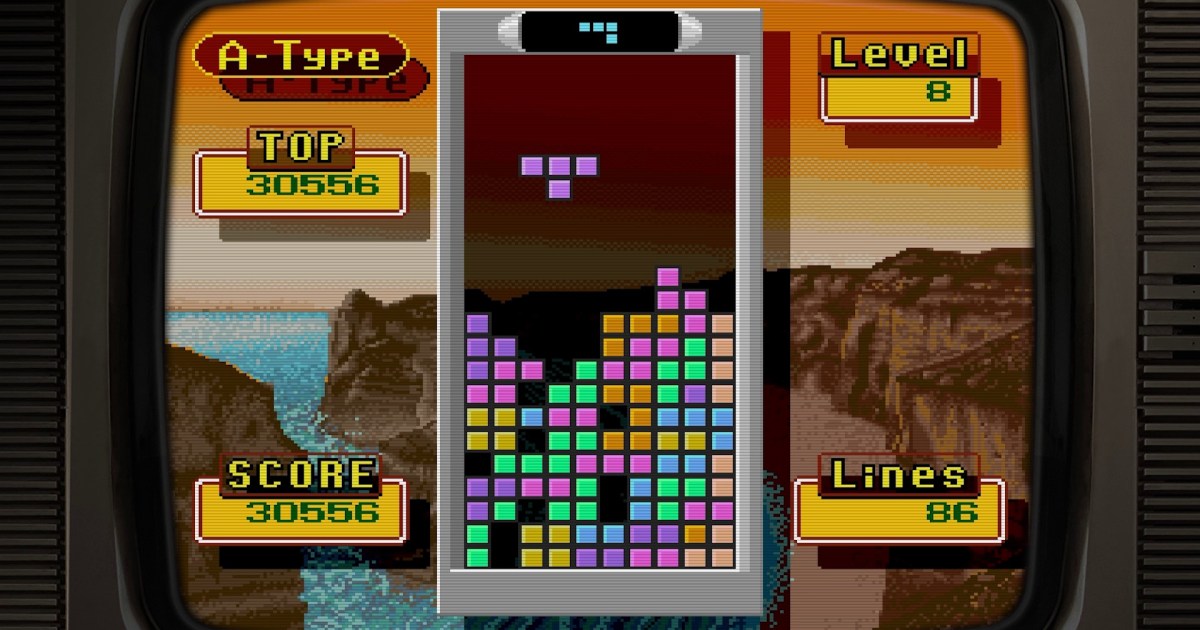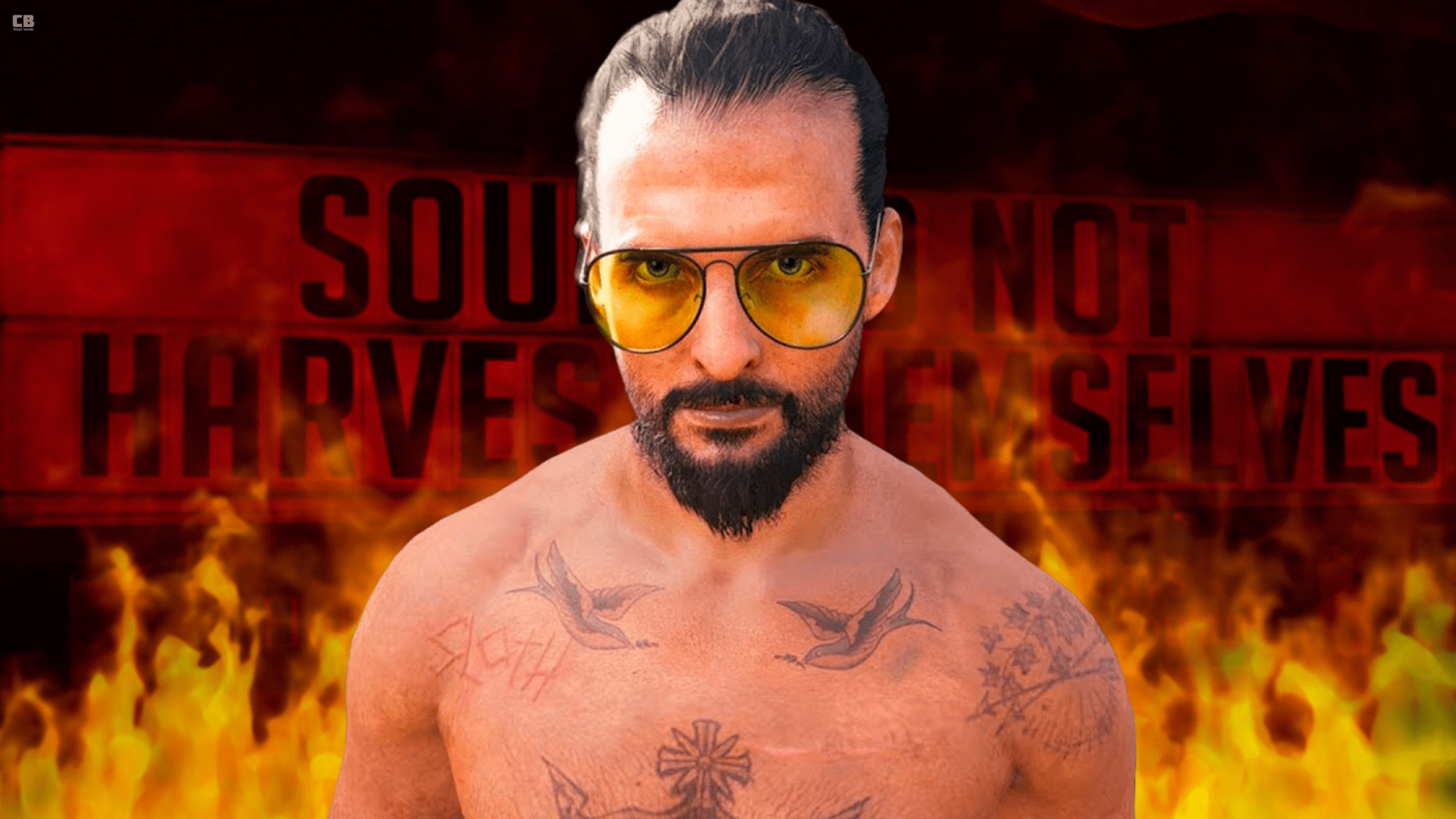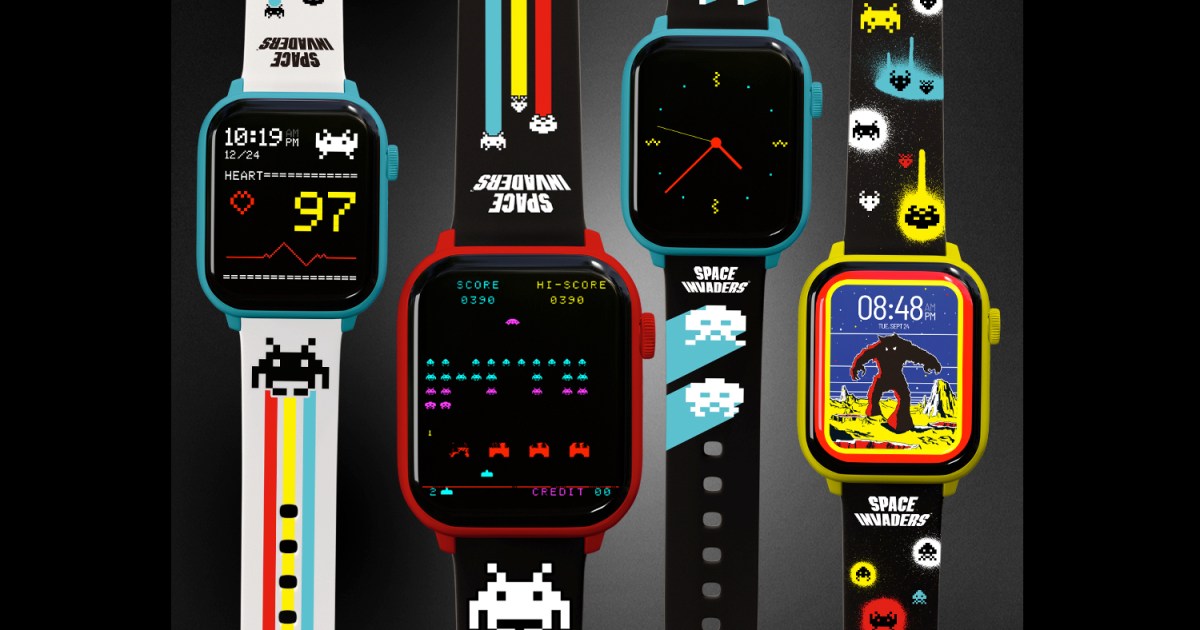Developed by Acquire, the Nintendo-published RPG Mario & Luigi: Brothership boasts a distinct 3D art style. Acquire, known for its work on Square Enix titles like the Octopath Traveler series—which popularized the HD-2D aesthetic—briefly considered this style for Brothership. However, as revealed in an interview on Nintendo’s official website, co-producer Akira Otani ultimately opted for a 3D direction. This decision stemmed from a desire to create a visual consistency between the game and its promotional artwork, unlike previous entries in the series.
“There was a point where I thought an HD-2D approach like OCTOPATH TRAVELER could be a possibility. However, previous Mario & Luigi games were pixel art, and the artwork on the packaging, et cetera, consisted of drawn illustrations,” Otani explained. “For other Mario games, the in-game visual design and the main illustration match, but because they didn’t for the previous Mario & Luigi games, I thought it might have been harder for customers to recognise what kind of game it was. I wanted to align the game and the artwork at some point. That’s why my dream was to make the next one in 3D.”
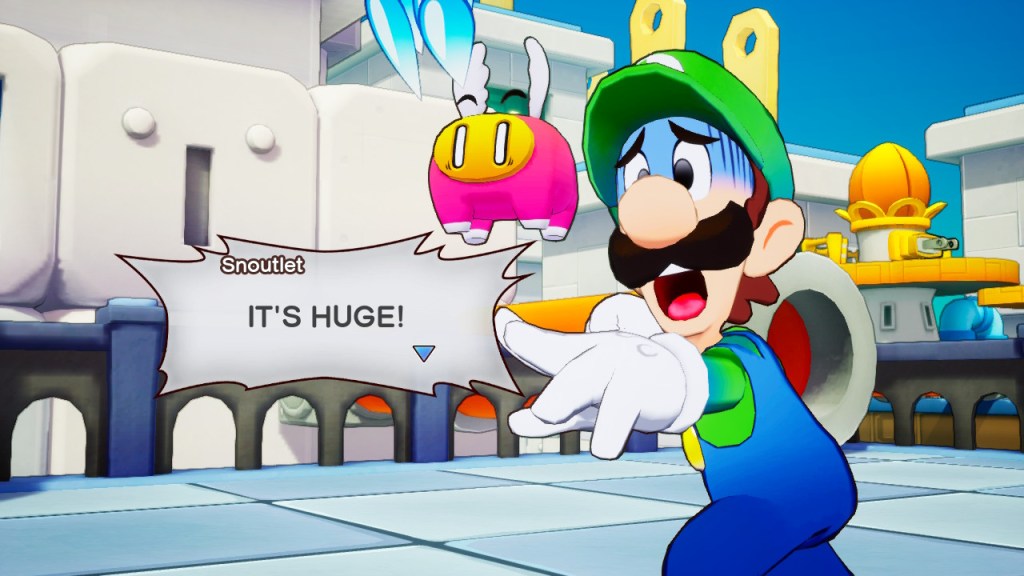
The Mario & Luigi series, originating on handheld consoles like the Game Boy Advance, DS, and 3DS, featured in-game sprites reminiscent of, but not identical to, the box art illustrations. The Switch release presented an opportunity to bridge this gap, prompting Nintendo to pursue visual cohesion. Acquire shared this vision, favoring a new 3D style over replicating or competing with the 2D visuals of past Mario & Luigi RPGs.
Director Haruyuki Ohashi added, “…I could see how great the pixel art animation was in past Mario & Luigi games, both from a technical and stylistic perspective. I didn’t think it would be easy to make something on that level or even better. So I thought, in that case, challenging ourselves to make Mario & Luigi in 3D would enable us to add lots of new and appealing elements into the game that weren’t in previous ones.”
A Return After Nine Years
The decision to forgo HD-2D, while intriguing to consider, ultimately proved beneficial. Brothership, marking the series’ return after a nine-year hiatus, needed a visual identity aligned with its predecessors. The game’s animation, a standout feature, would likely have been different had HD-2D been chosen. While HD-2D offers its own advantages, Brothership‘s distinct 3D visuals contribute significantly to its charm. Perhaps a future Mario RPG will explore the HD-2D aesthetic, but for Brothership, the chosen path was likely the right one.
Would a HD-2D Mario & Luigi: Brothership have been preferable? Was the 3D approach the correct choice? Share your thoughts on Twitter @Marcdachamp, Bluesky @Marcdachamp, or Instagram @Dachampgaming!




